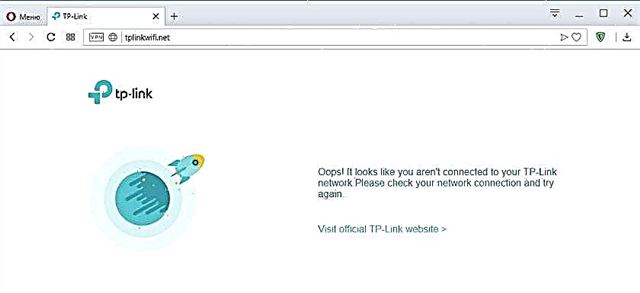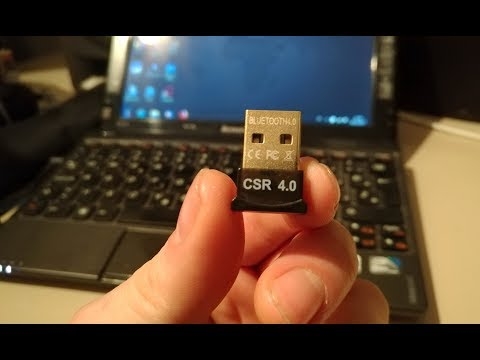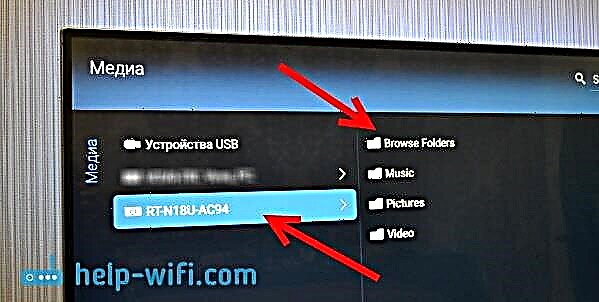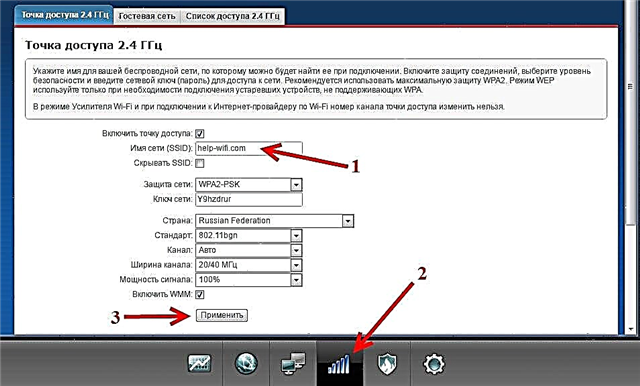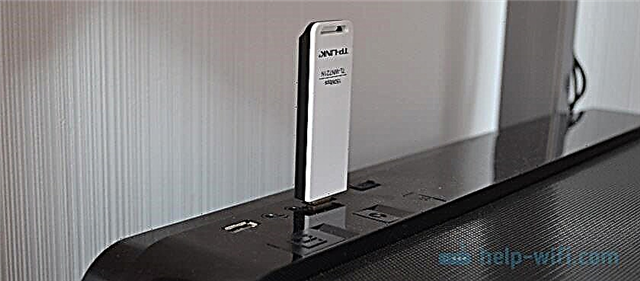Since more and more different devices use an Internet connection, and it is almost always the wireless connection to the network that is used, in the process of buying and configuring different devices, we increasingly come across Wi-Fi adapters. In this article I will try to tell you as simply and in detail as possible about why you need a Wi-Fi adapter at all. Why buy it and connect it to the same computer, set-top box, laptop, etc. When you need to do it and when you can do without a wireless adapter.
It's very simple - the Wi-Fi adapter enables the device to connect to a Wi-Fi network (router). Roughly speaking, this is a board (built into the device, or connected via USB, PCI Express), which is responsible for receiving and transmitting data over a wireless Wi-Fi network. You can also find such a thing as a Wi-Fi module. Someone will say that this is a Wi-Fi adapter, and someone will say that these are different things. So, I believe that it is more correct to call the chip (board) itself a Wi-Fi module, which is responsible for the operation of Wi-Fi. Which in many devices (mainly mobile devices) is built into the main board, and which is the basis of the Wi-Fi adapter. I think that a Wi-Fi adapter can be called a device that connects to another device through a specific port (mostly USB, PCI Express) and allows the device to connect to Wi-Fi networks. For example, the most common USB Wi-Fi adapters look like this:
Almost every manufacturer that manufactures network equipment has several models of such adapters. All of them, of course, differ in their technical characteristics, body shape, size, presence or absence of an external antenna, etc.
Most modern devices have Wi-Fi built-in. That is, Wi-Fi support is already available from the factory. This primarily applies to mobile devices (smartphones, tablets). It's the same story with laptops. There, as a rule, the Wi-Fi adapter is connected to the motherboard, or integrated into the board itself. As for modern Smart TVs, it is already very difficult to find a modern TV with Smart TV support, but without a built-in Wi-Fi module. On older models, a LAN (cable) is used to connect to the Internet, or an external USB Wi-Fi receiver. With personal computers, the story is slightly different. There is usually no built-in Wi-Fi. Although, recently, many motherboards with an integrated Wi-Fi / Bluetooth module have appeared on sale. Also, during assembly, a PCI Express Wi-Fi adapter can be installed in the system unit. If it is not there, you can connect a regular adapter via USB.
In DVB-T2 set-top boxes and satellite receivers
To receive terrestrial digital channels, or satellite television, separate devices are often bought. Most often they are called digital set-top boxes, receivers, tuners. So, these devices are also evolving, and many have support for various Smart functions. Simply put, the ability to go online, watch YouTube through the application, etc. For this, of course, you need an Internet connection. As a rule, all set-top boxes that have the ability to connect to the Internet are equipped with a LAN input (for connecting via cable). But at the same time, USB Wi-Fi adapters are supported. The adapter is connected to the USB port on the set-top box and the function of connecting to Wi-Fi appears in the set-top box settings.
A few important points:
- Be sure to check if your DVB-T2 set-top box or satellite receiver supports an Internet connection. Since the USB port can only be used to connect USB storage devices. Look at the characteristics, read reviews on the Internet, study the set-top box menu. If the menu, for example, has YouTube, a browser, "Internet", then it supports it.
- As a rule, all TV boxes work with certain Wi-Fi adapters. That is, there is a risk that after purchasing the adapter, the set-top box simply will not see it. You always need to be very careful when choosing a Wi-Fi receiver. Usually, a certain model of a set-top box supports adapters that are built on a certain chipset. These can be adapters from different manufacturers, but the module (chipset) is installed in one. It is best to search for this information on the Internet according to the model of your DVB-T2 set-top box or receiver. Read reviews from those who have already bought the adapter.
- If the set-top box is located far from the router and there is not a very strong Wi-Fi signal near it, then it is better to take an adapter with an external antenna.
For example, the simplest and cheapest digital receiver DVB-T2 Strong SRT 8203 can be connected to a Wi-Fi network via a USB adapter and watch YouTube through it, or set up IPTV.
Or from personal experience: Amiko Mini Combo HD satellite receiver. It supports Wi-Fi adapters based on the Ralink RT5370 chip. Somewhere out of six adapters (mainly TP-Link), only one worked in it.
On TVs
In the case of TVs, there are several options:
- TV with built-in Wi-Fi module - Wi-Fi built-in, no additional adapter required. These are almost all modern Smart TVs. I have already written how to determine whether a TV is with Smart TV or not.
- TV without built-in Wi-Fi, there is a LAN, but it is also possible to connect a USB adapter.
- TV only with LAN input. Wi-Fi adapters are not supported. As a rule, these are the oldest smart TV models.
Even if there is support for USB Wi-Fi adapters, TVs only work with original branded adapters, which are very difficult to find, and which are usually expensive. Somewhere I came across information that you can pick up some kind of ordinary adapter, cheaper, for the TV, but I think that it will not work with it. You can google this topic if you're interested.
I think it's better to use another router or repeater already. I wrote about this in the article how to connect a TV without Wi-Fi to the Internet via Wi-Fi.
In personal computers (PCs)?
If you want to connect your computer to a Wi-Fi network, then you cannot do without a Wi-Fi adapter. Compared to set-top boxes, receivers and TVs, computers are more omnivorous. Therefore, they will work with almost any adapter. The main thing is to find and install suitable drivers if the system does not install them by itself.
We connect the Wi-Fi adapter to the USB port (or to the PCI Express port inside the system unit), install the drivers and connect our PC to the wireless network.

I see no reason to dwell on this topic in more detail, since I already wrote about this in the article How to choose a Wi-Fi adapter for a PC (stationary computer). Everything is described in detail there, you can read it.
Also in a separate article I talked about Wi-Fi adapters from China. How to choose them and whether it is worth buying.
And one more interesting point: on PCs and laptops, using wireless adapters, you can not only receive Wi-Fi, but also distribute it. For example, according to this instruction: how to distribute the Internet via a Wi-Fi adapter on a Windows 10 PC.
In laptops
Even older laptops have a built-in Wi-Fi adapter. But for various reasons (the built-in adapter is broken, outdated) it may be necessary to replace the built-in adapter.

You can replace both the board itself (an adapter that is connected to the motherboard inside the laptop), or simply connect a USB receiver. I have two articles on this topic:
- Wi-Fi adapter for laptop. How to replace the built-in Wi-Fi module?
- How to replace a Wi-Fi module in a laptop?
It doesn't matter if the built-in or external adapter does the same thing - connecting your laptop to Wi-Fi.
Afterword
Wi-Fi adapters are definitely needed, and they will be used in different devices for a long time. But over time, I think, a Wi-Fi module will be integrated into each device (where necessary) and we will not have to look for these adapters as separate devices, select them, configure them, etc. After all, the cost of the wireless module itself is not very high, and it can now be integrated into almost any device. But for some reason, manufacturers are in no hurry to do this.
Leave questions in the comments and share useful information!


